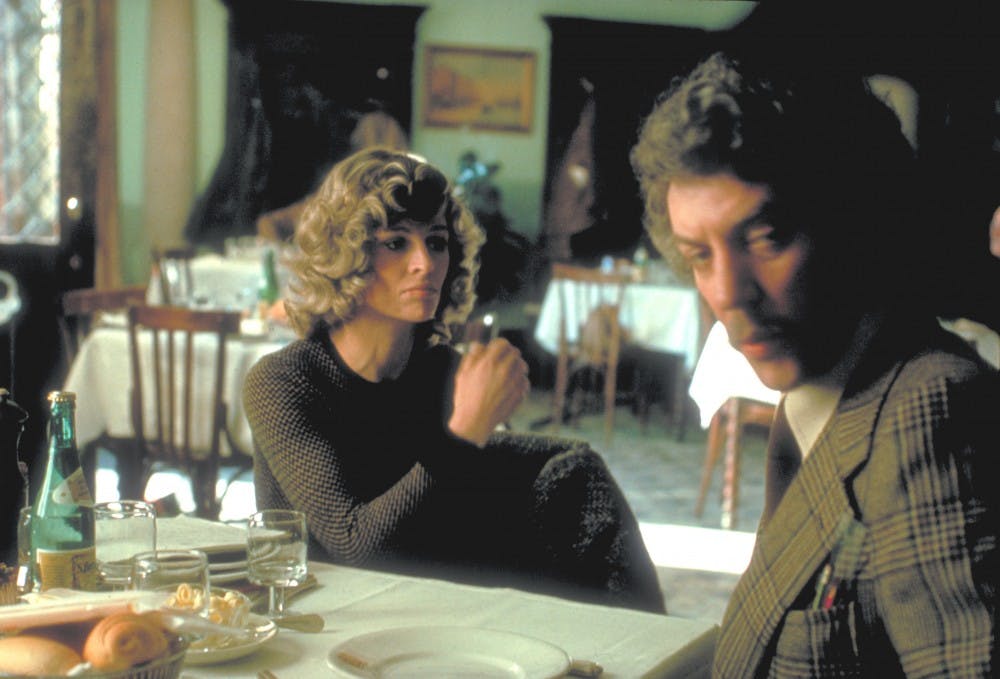“Don’t Look Now” is a masterpiece of slow horror.
Director Nicolas Roeg uses fantastic cinematography and editing to create a chilling portrait of a grieving couple. As the leisurely-paced horror movie become popular with films like “Get Out” (2017) and “The Witch” (2015), now is a great time to return to this creepy classic.
This 1973 British film is about a married couple named John and Laura. After their young daughter Christine drowns, they travel to Venice, Italy, where John has accepted a commission to restore an old church. It is there that Laura meets an elderly woman who claims she can communicate with Christine.
I define slow horror as a subgenre of horror movies. Though they’re not the kinds of movies your horror junkie friend would call scary, they age better because they are more interested in the psychology of their characters than how much blood they can spill.
“Don’t Look Now” is an excellent example of this subgenre. It makes great use of its more conventionally scary elements, such as the supernatural. But, this movie is ultimately most concerned with the effects that the real-life horror of losing a child has on parents.
This horror is partially reflected in the performances.
Donald Sutherland and Julie Christie are excellent as John and Laura. Sutherland’s understated performance is reflective of people who try to repress their grief, and Christie is great at communicating Laura’s raw vulnerability.
The visual style of this movie reinforces its position as a slow horror movie. Each shot feels designed to move the story along rather than make the audience jump with fear. At times, the images Roeg crafts with director of photography Anthony B. Richmond feel like paintings.
“Don’t Look Now” has some of the best editing I have ever seen. Roeg and editor Graeme Clifford develop a method that involves rhyming shots with similar images, and they don’t cut wildly to disorient the audience. The most shocking moment comes from an actor simply turning around.
“Don’t Look Now” has influenced a lot of great films.
It is one of director Danny Boyle’s favorites, and the avant-garde editing bears some similarities to his film “Trainspotting.” Roeg’s fantastic use of locations in Venice guided Martin McDonagh’s visual style for “In Bruges.”
“Don’t Look Now” is many things. It is a chilling horror film, a mature meditation about grief and a textbook example of great filmmaking techniques. But more than anything, it is a fantastic movie that you should watch sooner rather than later.




